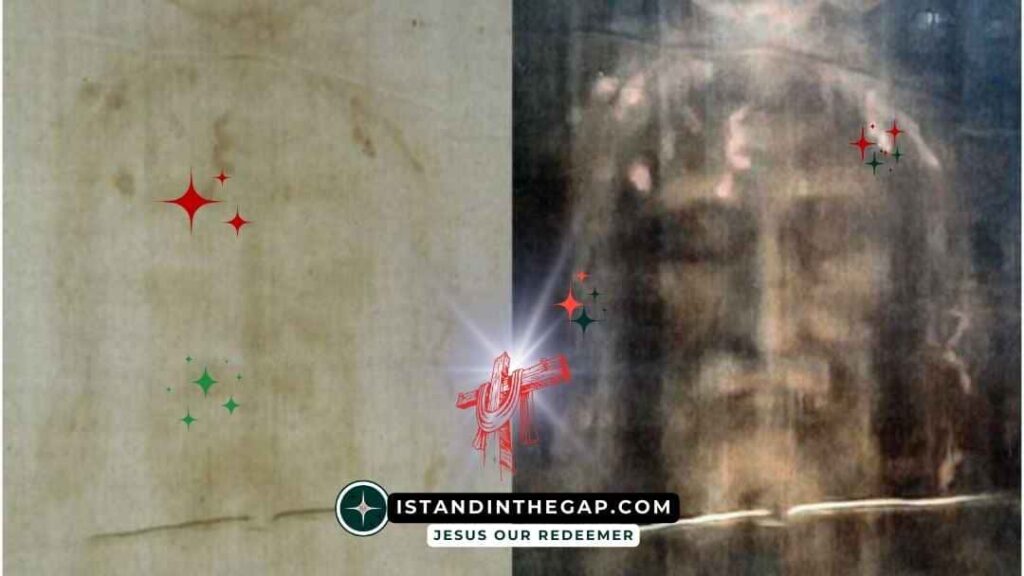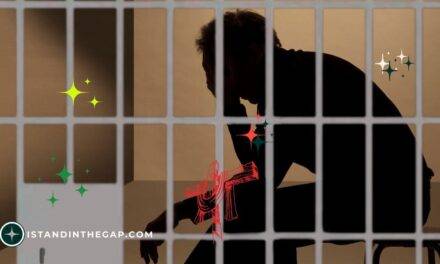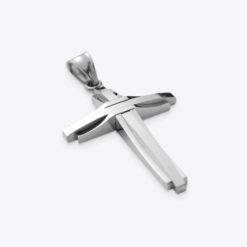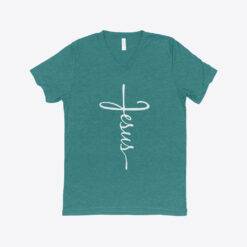For centuries, the Shroud of Turin has stirred fascination, devotion, and heated debate. Many Christians believe it to be the burial cloth of Jesus Christ, bearing his image after crucifixion. Others see it as a medieval forgery, crafted to inspire faith or generate offerings.
A recent study adds fresh weight to the second view. Historians have now uncovered a Shroud of Turin medieval document that challenges the relic’s authenticity and provides the earliest known written rejection of the cloth.
Key Takeaway
- A newly discovered medieval document by Nicole Oresme dismisses the Shroud of Turin as a fake, making it the oldest known written rejection of the relic.
The New Discovery
Historians Alain Boureau and Béatrice Delaurenti uncovered a previously overlooked statement hidden in a treatise by Nicole Oresme, a 14th-century Norman theologian.
The discovery, analyzed by Dr. Nicolas Sarzeaud and published in the Journal of Medieval History, shows that Oresme denounced the Shroud as a deliberate fabrication by clergymen.
This finding predates the well-known 1389 memorandum by Bishop Pierre d’Arcis of Troyes, who had earlier condemned the Shroud as “artificially painted.”

Oresme’s writing, likely from the 1370s, therefore stands as the earliest documented rejection of the relic.
Who Was Nicole Oresme?
Nicole Oresme (1320s–1382) was one of the great minds of medieval Europe. He was not only a theologian but also a philosopher, mathematician, economist, and later bishop of Lisieux.
Known for his rational and evidence-based approach, Oresme was committed to explaining phenomena without rushing to label them miracles or demonic acts.
In his writing, Oresme stated that some clergy deceived people to gain money for their churches. He used the Shroud as an example, calling it a “clear” and “patent” fraud. His words reflect a rare voice of skepticism in a time often assumed to be filled with blind faith.
Why This Document Matters
The discovery of this Shroud of Turin medieval document matters for several reasons:
- It is the earliest written evidence rejecting the relic.
- It comes from a respected scholar with no personal stake in the controversy.
- It shows that critical thinking and doubt existed in the Middle Ages.
- It aligns with scientific studies that place the Shroud’s origin in the medieval period.
This single document reshapes our understanding of how medieval people approached religious relics. It shows that skepticism, not just devotion, was part of their worldview.
Scientific Studies on the Shroud
Carbon Dating Results
In the late 1980s, radiocarbon dating placed the linen cloth between 1260 and 1390 CE. This timeframe strongly suggests a medieval origin rather than a 1st-century artifact from Jerusalem.
Modern 3D Analysis
A 2025 paper published in Archaeometry concluded that the image on the cloth was not formed by wrapping a body but by contact with a low-relief sculpture. This aligns with the idea that the Shroud was an artistic creation rather than a burial cloth.
Historical Context
The Shroud first appeared in Lirey, France, around the mid-14th century. It was displayed, condemned, hidden, and later shown again with disclaimers that it was only a “representation” of Christ’s burial cloth. Over time, devotion grew despite repeated doubts.
Oresme’s Courage to Doubt
Oresme’s rejection of the Shroud was bold. In a world where questioning religious objects could be risky, he relied on reason and honesty. He warned against believing testimonies without evidence, rated witnesses by their reliability, and spoke openly about clerical fraud.
This shows that medieval intellectuals were not as gullible as often portrayed. Oresme stands as an early model of critical inquiry—choosing truth over popularity.
Reactions from Experts
Professor Andrea Nicolotti, a leading authority on the Shroud, says the new finding confirms what scholars long suspected: even in the 14th century, people recognized the relic as fake.
Nicolotti stresses that this new evidence does not change scientific data but strengthens the historical record.
Dr. Sarzeaud, who authored the paper, explains that Oresme’s words are significant because they represent not satire or rumor but a clear statement from a respected intellectual. He sees the Shroud as “the most documented case of a forged relic in the Middle Ages.”
A Journey Through History
The Shroud’s journey has been long and complex. From Lirey in the 1350s, it was removed after accusations of fraud, hidden for decades, and later allowed by Pope Clement VII to be displayed only as a “representation.” By 1389, Bishop d’Arcis called it a forgery.
Centuries later, it became one of the most famous relics in the world—ironically, the very relic most clearly denounced by medieval church leaders. Today, it is rarely shown, but replicas exist worldwide.
Conclusion
The uncovering of the Shroud of Turin medieval document by Nicole Oresme does not end the debate about the relic. But it shifts the conversation, reminding us that doubt is not new.
Even in the Middle Ages, intelligent voices like Oresme’s challenged popular claims and demanded evidence.
Whether one views the Shroud as a holy relic or a medieval forgery, this discovery enriches our understanding of history, faith, and the role of reason. It also challenges us today: when faced with extraordinary claims, will we, like Oresme, have the courage to ask for proof?
Frequently Asked Questions
What is the Shroud of Turin?
- It is a linen cloth bearing the image of a man, believed by many to be Jesus after crucifixion.
What is the new discovery?
- Historians found a document written by Nicole Oresme in the 14th century dismissing the Shroud as fake.
Why is Nicole Oresme important?
- He was a respected scholar and bishop who used reason and evidence to evaluate claims in a time of strong religious belief.
What does the document say?
- Oresme accused clergymen of fabricating the relic to collect offerings, calling it a fraud.
Is this the oldest rejection of the Shroud?
- Yes. It predates the 1389 condemnation by Bishop Pierre d’Arcis.
What do scientific studies say?
- Carbon dating and modern imaging place the Shroud’s origin in the medieval period, not the time of Jesus.
Does this prove the Shroud is fake?
- It adds strong evidence, but debate continues. Some still believe it is authentic.
Why did people believe in the Shroud?
- In the Middle Ages, relics inspired devotion and drew pilgrims, even when evidence was uncertain.
What is the Catholic Church’s position?
- The Church has not declared the Shroud authentic. It allows scientific study but treats it as an object of devotion.
Where can I read the original news?
- You can find the original report on Phys.org






















